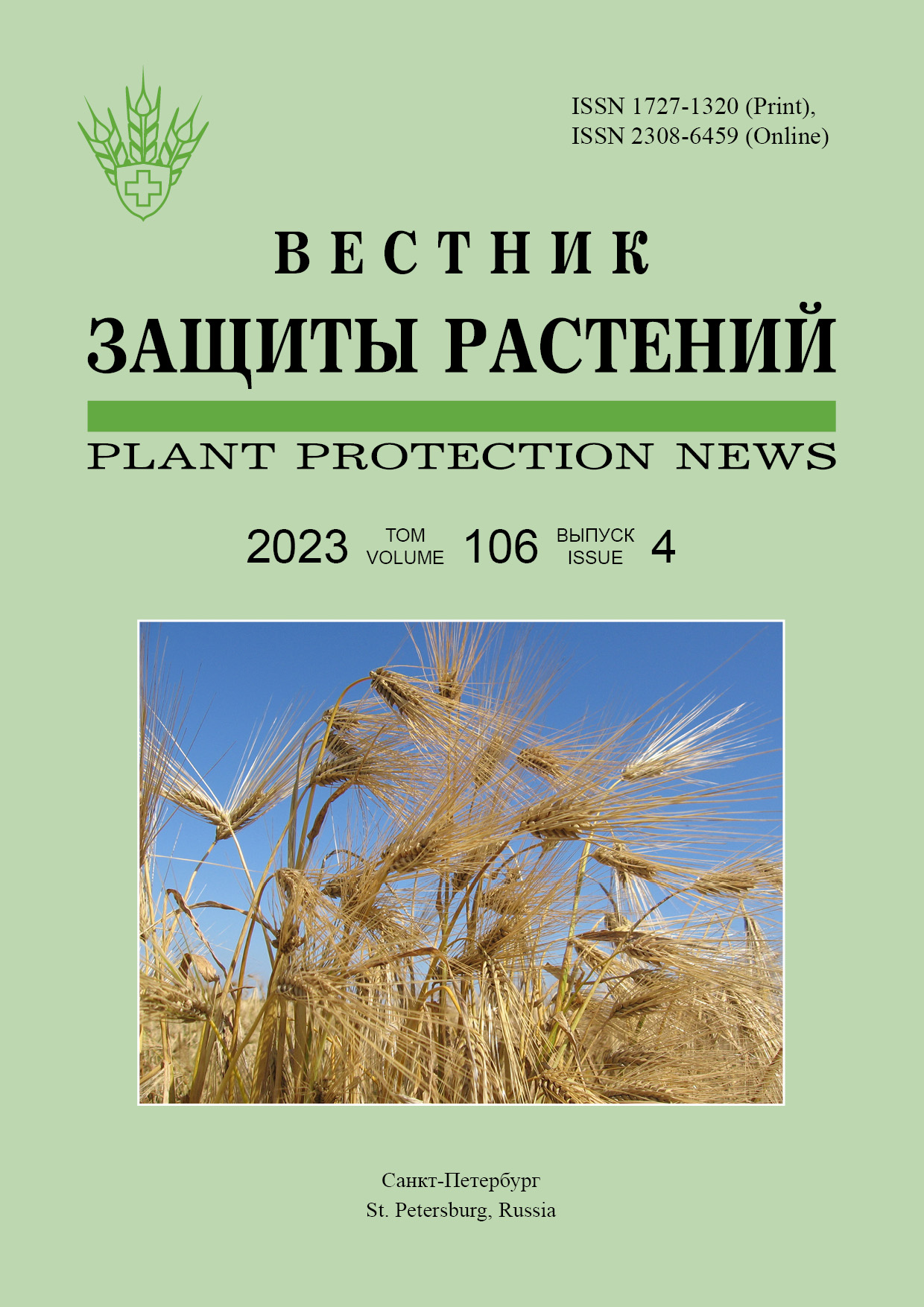Determination of Trichogramma euproctidis efficacy against the key pest, European grapevine moth, Lobesia botrana (Lepidoptera: Tortricidae) in the Aegean region vineyards, Turkey
Keywords:
egg parasitoid, grape, biological control, pestAbstract
European grapevine moth Lobesia botrana is the most important pest causing crop losses in most of Türkiye’s grape growing regions, feeding mainly on inflorescence and grape berries. This study was carried out to determine the release efficiency and the most efficient dose of the native egg parasitoid, Trichogramma euproctidis against L. botrana in an organic vineyard located in the Menemen district of Izmir, in the Aegean Region, which has the largest grape production area. In this context, two different release doses at 75 000 and 100 000 parasitoids/ha were applied to find the most effective one. The effectiveness of the parasitoid was compared in terms of pest infestation rates in grape bunches from parasitoid-released and non-released plots just prior to harvest. The infestation rates in plots released 100 000 parasitoids/ha (12, 4 and 5 %) and 75 000 parasitoids/ha (7.5, 11 and 1 1 %) were lower than control (25, 33 and 70 %) in 2017, 2018 and 2019, respectively. In 2018 and 2019, the high release dose (100 000 parasitoids/ha) applied five or six times in total was the most promising with the lowest pest infestation rates. In this study, the most effective release dose (100 000 parasitoids/ha) of the native egg parasitoid, T. euproctidis, was determined for the first time in Türkiye. In conclusion, the results obtained from the study will encourage the use of this parasitoid in organic and integrated grape growing programs.



